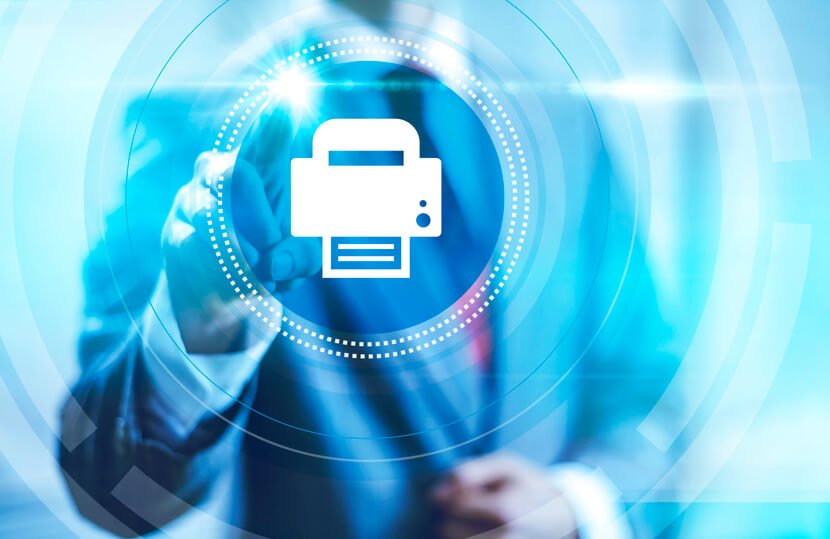Managed Print Services: A Game-Changer for Business
Does managing your business print fleet take too much of your IT team's time? A seamless and efficient printing process is crucial in today's...
3 min read
Heather Trone Feb 5, 2020 6:00:00 AM

We are all aware of the various devices we use daily to perform tasks that involve sensitive data. We pay bills with our computers, tablets and cellphones. We transmit our credit card information across the internet. All our devices need to be secured in order to provide a safe environment in which to perform these everyday tasks.
Now imagine your printers. Did you know unsecured printers equal unsecured IT? Consider the multitude of potential security threats across a print fleet made up of devices from various manufacturers. All of those devices must be managed separately to ensure they are secure. And each day your business spends with that outdated, multi-vendor fleet means an increased risk of security breaches to your business.
You may not spend much time thinking about print security, but print security must be a vital part of your IT strategy. Knowing how to secure your devices, secure your network and device management and securing your document solutions are all critical steps in protecting your business data. Costly security breaches continue to occur, which should only reinforce the importance of assessing your current print infrastructure. According to Quocirca, 60% of companies in the United States, U.K., France and Germany have suffered a print-related data breach in the last year, with the average breach costing around $400,000 per occurrence.
Many businesses and organizations are filled with aged, poorly secured print devices. Your first best defense is to implement a Managed Print Services program. Your next best defense is to implement secure access features that restrict who can use output devices using predefined user access controls such as:
With the increased use of mobile devices and the need to support BYOD initiatives, IT departments have to strike a balance between providing users with the tools they need to boost efficiency while minimizing the risk of breaches across the fleet. This includes:
Information that is printed on or transmitted through print devices could be your organization's greatest vulnerability because security threats often come from within your business. To protect your business:
Everybody has heard all the time about data breaches, ransomware and malware. Printers are one of the true vulnerabilities in a business setting. Businesses can gain control of their print fleet security with our Managed Print Security Assessment program. To schedule your print security assessment, contact us today!

Does managing your business print fleet take too much of your IT team's time? A seamless and efficient printing process is crucial in today's...

We've been hearing about the paperless office for nearly three decades now - a utopia of clutter-free desks and offices with no big bulky file...

Imagine credit card numbers for all of your customers and how valuable they are to your business. Now think about how valuable they would be if they...